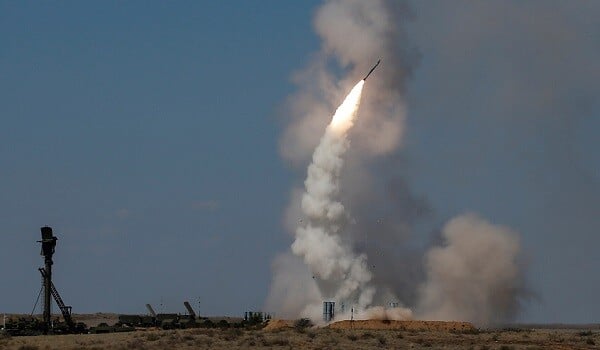NASA's Parker Solar Probe has achieved a groundbreaking milestone, surviving the closest-ever approach to the Sun. On December 24, the spacecraft ventured within just 3.8 million miles (6.1 million kilometers) of the Sun’s surface, enduring searing temperatures of up to 1,800°F (980°C) and intense radiation. After days without contact, NASA confirmed the probe’s safety and functionality early on December 28.
Axar.az, citing BBC, reports, Launched in 2018, the Parker Solar Probe has been gradually approaching the Sun in a mission to deepen our understanding of its outer atmosphere, or corona. During this record-breaking flyby, it traveled at an astonishing speed of 430,000 mph (692,000 kph)—faster than any human-made object.
The probe’s mission is to solve enduring solar mysteries, such as why the corona, farther from the Sun’s surface, reaches millions of degrees while the surface is only about 6,000°C. It also studies the origins of the solar wind, a stream of charged particles that influences Earth's magnetic field and can disrupt power grids and communications.
Protected by a 4.5-inch (11.5 cm) carbon-composite shield, the spacecraft is designed to withstand brutal conditions. Scientists hope the data gathered will advance our understanding of space weather and its effects on Earth.
Dr. Nicola Fox, NASA’s head of science, likened the mission to directly experiencing the Sun's atmosphere, a feat never before accomplished. Dr. Jenifer Millard of Fifth Star Labs added that unraveling the Sun’s mysteries is essential, as its activity significantly impacts life on Earth.
This daring mission demonstrates both the resilience of the Parker Solar Probe and humanity’s drive to explore the frontiers of space.












































